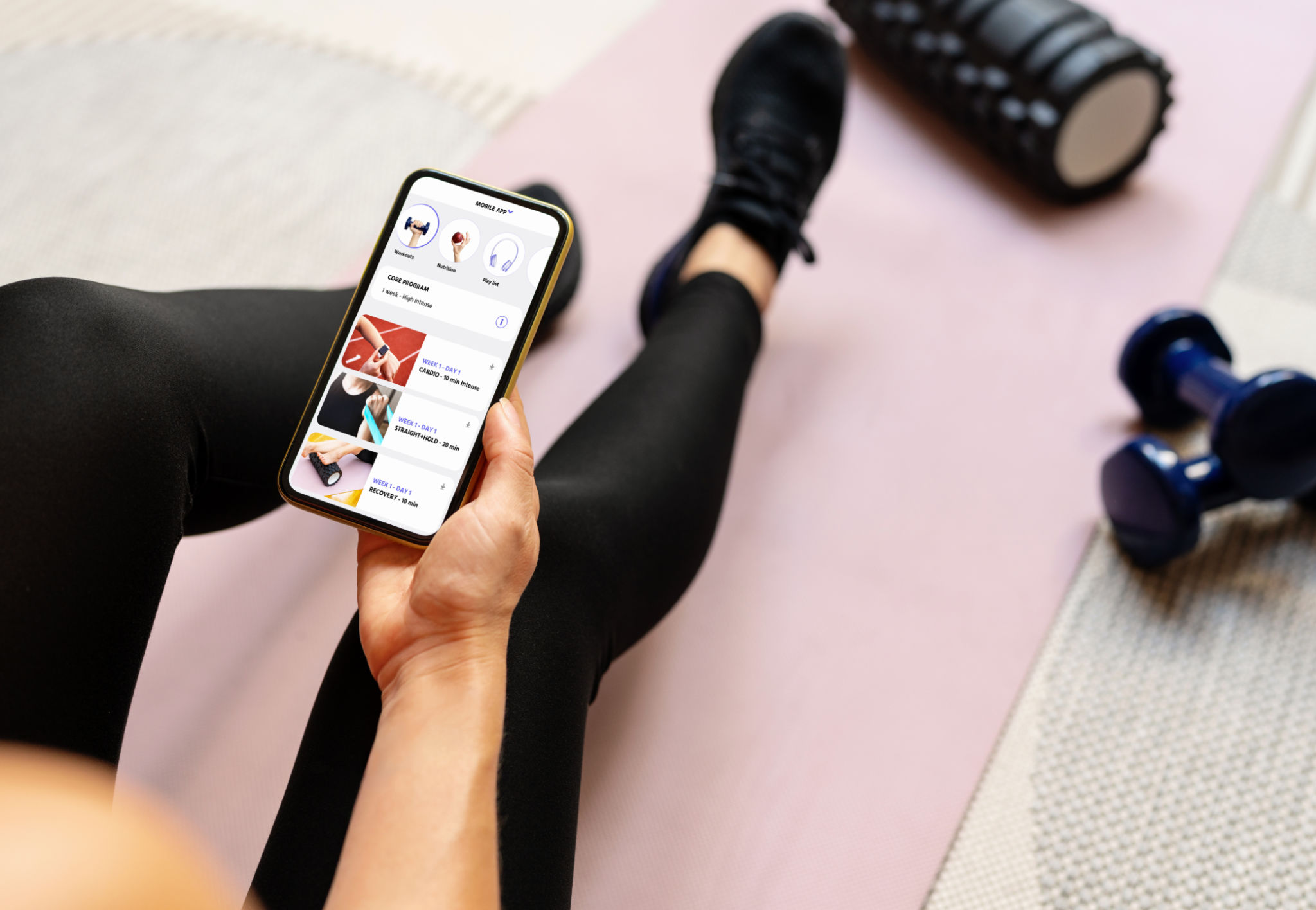Expert Tips on Using Fitness Metrics for Online Coaching Success
Understanding the Importance of Fitness Metrics
In the realm of online coaching, fitness metrics are invaluable tools that can significantly enhance your coaching effectiveness and client satisfaction. These metrics provide a quantifiable way to track progress, set realistic goals, and customize training plans. Whether it's tracking body composition, monitoring cardiovascular fitness, or analyzing workout intensity, understanding these metrics can elevate your coaching business.

Choosing the Right Metrics for Your Clients
Not all fitness metrics are created equal, and it's crucial to select the ones that align with your clients' goals. For instance, if a client is focused on weight loss, monitoring body composition changes through metrics like BMI and body fat percentage can be beneficial. On the other hand, for clients aiming to improve endurance, focusing on VO2 max and heart rate variability might be more appropriate.
Here are some common fitness metrics to consider:
- BMI (Body Mass Index): A simple calculation using height and weight.
- Body Fat Percentage: Provides insight into body composition.
- VO2 Max: Measures cardiovascular fitness and endurance levels.
- Heart Rate Variability: Indicates recovery status and cardiovascular health.
Integrating Fitness Metrics into Online Coaching
To successfully integrate fitness metrics into your online coaching practice, it's important to leverage technology. Many fitness apps and wearable devices now offer detailed insights into various health metrics. Encourage your clients to use these tools to gather data, which you can then analyze and discuss during coaching sessions.

When incorporating these metrics, ensure that you explain their significance to your clients. This not only helps them understand their progress but also fosters trust in your expertise. Additionally, use this data to adjust their training plans dynamically, ensuring they remain on track to meet their goals.
Setting Realistic Goals with Metrics
One of the best ways to motivate clients is by setting realistic and achievable goals based on their fitness metrics. Use the collected data to establish benchmarks and create personalized milestones. This approach not only makes goal-setting more scientific but also boosts client morale as they witness tangible progress.
Consider implementing the SMART criteria—Specific, Measurable, Achievable, Relevant, and Time-bound—when setting goals. For example, rather than a vague objective like "get fit," aim for "reduce body fat percentage by 5% in three months."

Tracking Progress and Making Adjustments
Regularly monitoring your clients' fitness metrics allows you to track their progress effectively. It's vital to schedule periodic assessments to review these metrics and discuss them openly with your clients. This practice not only ensures accountability but also provides an opportunity for you to make necessary adjustments to their training regimes.
If a client is not making expected progress, use the data to identify potential roadblocks or areas needing improvement. Adjust their workout intensity, frequency, or type of exercises based on the insights gathered from their metrics.
The Role of Communication in Metric-Based Coaching
Effective communication is key when using fitness metrics in online coaching. Ensure that you maintain an open dialogue with your clients about what the numbers mean and how they can influence their fitness journey. Be transparent about any changes you suggest based on their metrics and encourage feedback.
This transparency helps in building a strong coach-client relationship and ensures that clients feel supported throughout their journey. Remember, coaching is as much about guiding as it is about listening and adapting to each client's unique needs.
Conclusion: Embrace the Power of Fitness Metrics
Incorporating fitness metrics into your online coaching practice can transform the way you engage with clients. By understanding and utilizing these data points effectively, you can offer personalized training experiences that lead to better results and higher client satisfaction. Embrace these tools to enhance your coaching strategy and ultimately drive success for both you and your clients.
